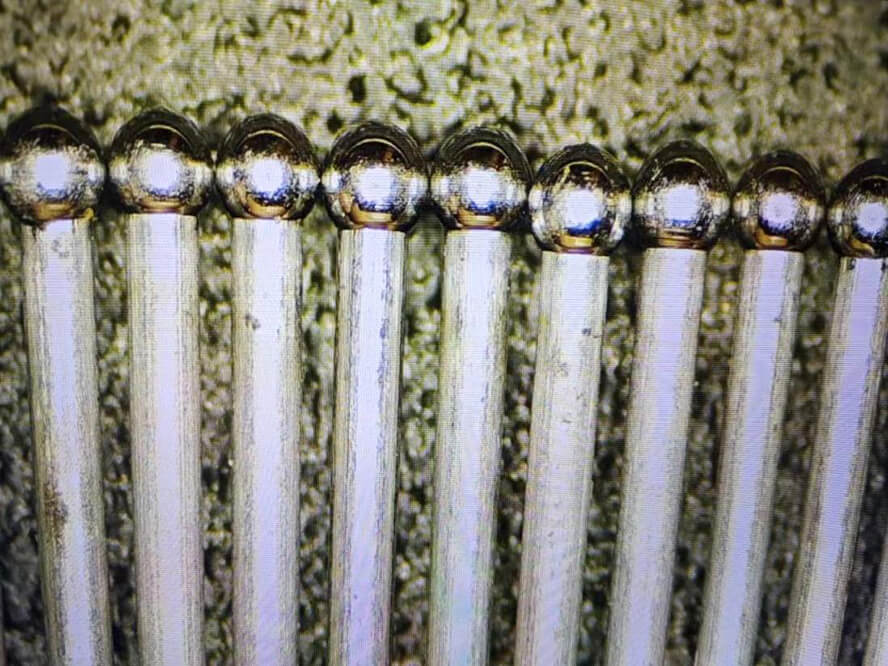Which Materials Can a Micro Plasma Welding Machine Weld?

The Micro Plasma Welding Machine, known for its precise energy output and high energy density, is especially suited for welding thin and delicate materials. It’s particularly ideal for materials that are prone to distortion, have high welding quality requirements, or are thermally sensitive. The range of materials that can be welded by this machine includes:
- Metallic Materials:
- Stainless Steel: Among the most frequently welded materials, it’s widely used in the medical, electronics, and other precision industries. Stainless steel welds yield higher quality joints compared to regular steel, and because of its low thermal conductivity and high energy absorption and melting efficiency, it’s easier to achieve narrow yet deep weld seams.
- Tool Steel: The machine produces excellent welding results with various grades like S136, SKD-11, NAK80, 8407, 718, 738, H13, P20, W302, 2344, and more.
- Carbon Steel: Good welding outcomes can be achieved on carbon steel. The weld quality is closely tied to the steel’s impurity content. Typically, when carbon content exceeds 0.25%, pre-heating the workpiece is needed for a superior weld. With higher carbon content, risks of cracks and notches increase. Therefore, post-weld treatments are necessary after welding medium to high-carbon steel to eliminate internal stresses and prevent cracking. If intending to weld two carbon steels of different carbon content, the torch can be offset towards the side with lower carbon for a better joint.
- Copper and its Alloys: Essential in the electronic and electrical industries due to copper’s high conductivity. Challenges in welding copper and its alloys include incomplete fusion or penetration and deformation. It’s crucial to use a high energy density heat source and preheat the workpieces. Measures to prevent deformation should be set for thin or flexible copper workpieces. Additionally, controlling welding parameters is vital due to the higher risk of cracks and porosity.
- Titanium and its Alloys: Extensively used in aerospace and the medical sector.
- Aluminum and its Alloys: Common in electronics, automotive, and aerospace industries.
- Nickel and its Alloys: Typically used in high-temperature environments.
- Gold, Silver, and other Precious Metals: These are widely used in the jewelry and electronics sectors.
- Semiconductor Materials: In the semiconductor industry, there may be a need to connect semiconductor materials or even join metals to non-metals. Such processes are more challenging, but the micro plasma welding machine can be customized for these applications.
- Other Materials: This machine can also join different types of materials effectively. It can weld metals to non-metals, like ceramics. Furthermore, it can be used to weld various plastic materials. If using laser welding for plastics, due to the low absorption rate of the laser in plastics, it’s impossible to weld directly. Therefore, carbon black is added to the material to increase its absorption rate.
Of course, the materials that the micro plasma machine can weld aren’t limited to these. However, achieving quality welding on different materials is closely related to proper pre-welding preparations, parameter settings, and the proficiency of the operator. Optimizing each material and specific process combination ensures high-quality welding results.
